Home>Garden Essentials>How Long To Grow Watermelon From Seed
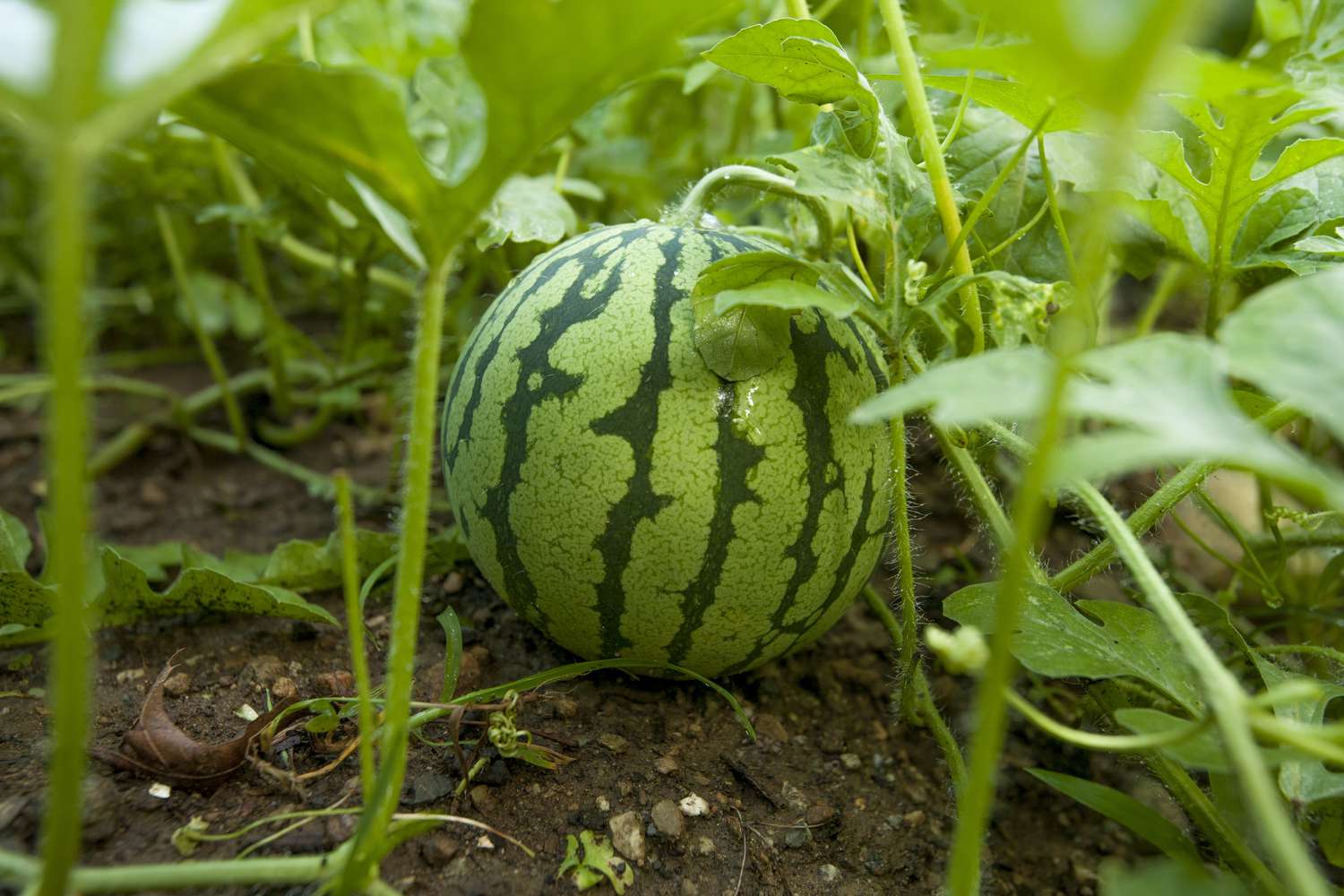

Garden Essentials
How Long To Grow Watermelon From Seed
Modified: October 20, 2024
Discover how long it takes to grow watermelon from seed in your garden and start enjoying juicy, homegrown fruits in no time!
(Many of the links in this article redirect to a specific reviewed product. Your purchase of these products through affiliate links helps to generate commission for Storables.com, at no extra cost. Learn more)
Introduction
Growing watermelon from seed is a rewarding journey that allows you to experience the complete life cycle of this delicious and refreshing fruit. From planting the seeds to harvesting juicy watermelons, every step offers a sense of fulfillment and satisfaction. However, it’s essential to understand the factors that affect watermelon growth from seed and the approximate time it takes to go from seed to harvest.
In this article, we will explore the different stages of watermelon growth and the factors that influence them. Whether you’re a beginner or seasoned gardener, this information will guide you through the process and help you nurture your watermelon plants for a successful harvest.
Before we dive into the specifics, it’s important to note that watermelons are warm-season crops that require a long growing season to reach maturity. The time it takes for a watermelon to grow from seed will vary depending on several factors, including the variety, environmental conditions, and cultural practices.
Now, let’s take a closer look at these factors that can significantly impact the growth of watermelon plants from seed.
Key Takeaways:
- Enjoy the journey of growing watermelons from seed to harvest, understanding factors like temperature, soil, and watering for a successful and rewarding experience.
- From sprouting seeds to savoring juicy fruits, growing watermelons requires patience and care, with proper harvesting techniques ensuring maximum flavor and sweetness.
Read more: How To Grow A Watermelon From A Seed
Factors Affecting Watermelon Growth from Seed
Several factors play a crucial role in the growth and development of watermelon plants from seed. Understanding these factors will help you create optimal conditions for your watermelon plants and ensure a successful harvest.
1. Variety: Different watermelon varieties have varying growth rates and maturation periods. Some varieties are known to mature faster, while others require more time. Consider the specific variety you are growing and research its average time to maturity.
2. Temperature: Watermelons thrive in warm climates, with optimal growth occurring when temperatures range between 70 and 90 degrees Fahrenheit (21 to 32 degrees Celsius). The temperature affects the germination of seeds, seedling growth, flowering, and fruit development. Cooler temperatures can slow down the growth process, while frost can be detrimental to young watermelon plants.
3. Soil Conditions: Watermelons prefer well-drained soil rich in organic matter. Before planting the seeds, make sure the soil is properly prepared by removing any weeds and incorporating compost or aged manure. The pH level should be slightly acidic, ranging from 6.0 to 6.8. Good soil structure and fertility are crucial for healthy plant growth and fruit development.
4. Watering: Adequate and consistent watering is essential for watermelon growth. During germination and seedling stages, ensure that the soil remains moist but not waterlogged. Once the plants are established, water deeply but infrequently, allowing the top few inches of soil to dry out between watering. Avoid overwatering, as it can lead to root rot and other fungal diseases.
5. Sunlight: Watermelons require full sun exposure for optimal growth. They need at least 6 to 8 hours of direct sunlight each day. Choose a location in your garden that receives ample sunlight and provides the necessary warmth for the plants to thrive.
6. Pest and Disease Management: Various pests, such as aphids, cucumber beetles, and squash bugs, can damage watermelon plants and hinder their growth. Implementing proper pest management techniques, such as using organic insecticides or employing beneficial insects, is crucial to protect your plants. Additionally, common watermelon diseases like powdery mildew and Fusarium wilt can also affect the growth and yield. Practicing good crop rotation and providing adequate air circulation can help prevent these diseases.
By understanding and addressing these factors, you can optimize the growth conditions for your watermelon plants and ensure a bountiful harvest. Now that we’ve explored the factors affecting watermelon growth from seed let’s delve into the specific stages of growth and the approximate time it takes for each stage.
Germination Period of Watermelon Seeds
The germination period is the time it takes for watermelon seeds to sprout and develop into seedlings. This stage is crucial as it marks the beginning of the plant’s growth journey. Understanding the germination process is essential for successful watermelon cultivation.
The germination period of watermelon seeds typically ranges from 4 to 10 days, depending on various factors such as temperature, moisture, and seed quality. Optimal soil temperature for germination is around 80-85 degrees Fahrenheit (27-29 degrees Celsius). Warm soil temperatures promote faster germination and seedling growth.
To initiate the germination process, start by preparing the soil. Ensure that the soil is well-draining and rich in organic matter. Plant the watermelon seeds about 1 inch deep and space them 1 to 2 feet apart in rows. Lightly cover the seeds with soil and gently water the area.
During germination, it is crucial to maintain consistent moisture levels in the soil. Regularly water the planted area and ensure the soil remains moist, but not waterlogged. Be careful not to overwater, as this can lead to seed rotting and poor germination rates.
After a few days, you should start to see the watermelon seeds sprout and tiny seedlings emerge from the soil. As the seedlings grow, provide them with adequate sunlight by placing them in full sun or using grow lights if you’re starting them indoors. Keep in mind that watermelons require a minimum of 6 to 8 hours of direct sunlight daily for healthy growth and development.
With the right conditions and care, the germination period of watermelon seeds is relatively short, and you’ll soon have young watermelon plants ready to move on to the next stage of growth. As the seedlings continue to develop, it’s important to monitor their progress and provide the necessary care to ensure strong and healthy plants.
Next, let’s explore the seedling stage and the important considerations during this phase of watermelon growth.
Seedling Stage for Watermelon
The seedling stage is a critical period in the growth of watermelon plants. During this stage, the seedlings grow their first true leaves and establish a strong root system. Proper care and attention are essential to ensure healthy and vigorous plants.
After the germination period, the watermelon seedlings will start to develop their first true leaves. At this stage, it’s important to provide adequate sunlight, moisture, and nutrients to support their growth.
Place the seedlings in a location that receives full sun exposure for at least 6 to 8 hours a day. If you are starting your seedlings indoors, use grow lights to provide sufficient light. Proper lighting ensures that the seedlings develop strong stems and prevent them from becoming weak and leggy.
Watermelon seedlings require consistent moisture in the soil, but be careful not to overwater. Allow the top inch of soil to dry out between watering sessions. Water deeply, but infrequently, to encourage the development of deep and healthy roots.
In terms of nutrition, provide a balanced fertilizer after the seedlings have developed their first set of true leaves. Choose a fertilizer that is specifically formulated for vegetable plants and follow the recommended application rates. This will help provide the necessary nutrients for healthy growth.
During the seedling stage, it is crucial to protect the young plants from pests and diseases. Keep an eye out for common pests like aphids, cucumber beetles, and snails. Regularly inspect the plants and take appropriate measures at the first sign of infestation.
Additionally, good air circulation is important to prevent the development of fungal diseases. Avoid overcrowding the seedlings to maximize air circulation and minimize the risk of diseases such as powdery mildew.
As the seedlings continue to grow, you can gradually acclimate them to outdoor conditions by placing them in a sheltered location for a few hours each day. This process, known as hardening off, helps the plants adjust to outdoor temperature fluctuations and increases their resilience for transplanting.
Once the seedlings have developed a strong root system and are about 3-4 weeks old, they will be ready for transplanting into your garden or larger containers.
The seedling stage is a crucial time for watermelon plants to establish a strong foundation for future growth and fruit production. By providing proper care, sunlight, moisture, and nutrients, you can ensure healthy and robust watermelon seedlings that are prepared for the next stage: flowering.
Next, let’s explore the time it takes for watermelon plants to reach the flowering stage.
Watermelons take about 80-90 days to grow from seed to harvest. Plant in warm soil, provide plenty of water, and space for vines to spread.
Time to First Flowering
The time it takes for watermelon plants to reach the flowering stage depends on various factors, including the variety, growing conditions, and the age of the seedlings. On average, watermelon plants typically start to produce their first flowers within 4 to 8 weeks after transplanting the seedlings into the garden.
It’s important to note that there are different types of watermelon varieties, such as early maturing and late maturing. Early maturing varieties often have a shorter time to first flowering, usually around 4 to 5 weeks. Late maturing varieties, on the other hand, may require more time, ranging from 6 to 8 weeks or even longer.
Factors such as temperature, sunlight exposure, and proper nutrition play a significant role in stimulating flower production. Watermelons thrive in warm temperatures, ideally around 80 to 90 degrees Fahrenheit (27 to 32 degrees Celsius). In cooler or inconsistent temperature conditions, the time to first flowering may be extended.
For optimal flower development, watermelon plants require an adequate amount of sunlight. Ensure that the plants are exposed to at least 6 to 8 hours of direct sunlight each day. Insufficient sunlight can delay flowering or result in poor flower production.
Proper nutrition is also crucial during this stage. Ensure that the soil is rich in organic matter and provide regular fertilization according to the specific needs of watermelon plants. A balanced fertilizer with a higher phosphorus content can encourage flower production.
During the flowering stage, it’s crucial to maintain consistent moisture in the soil. Irrigate the plants deeply and regularly, ensuring the soil remains evenly moist but not waterlogged. A lack of water can result in flower drop, while excessive moisture can lead to fungal diseases.
Once the watermelon plants start flowering, they rely on pollination for fruit development. Watermelons have both male and female flowers on the same plant. Bees and other pollinating insects play a crucial role in transferring pollen between flowers. To encourage pollination, avoid using pesticides that may harm bees and other beneficial insects.
It’s worth mentioning that the time to first flowering can vary from plant to plant, even within the same variety. Some plants may begin flowering earlier, while others may take a little longer. This natural variation is normal and should not cause concern, as long as the plants are healthy and growing vigorously.
With the arrival of flowers, the anticipation of watermelon fruits begins to build. The next stage we’ll explore is the fruit development period and the approximate time it takes for the watermelons to ripen.
Read more: How Long To Grow A Pumpkin From Seed
Fruit Development Period
The fruit development period is an exciting stage in the growth of watermelon plants, as it is when the flowers transition into juicy and delicious fruits. This period encompasses the time it takes for the watermelon fruits to develop, ripen, and become ready for harvest.
The duration of the fruit development period varies depending on the watermelon variety, environmental conditions, and cultural practices. On average, it takes approximately 70 to 90 days from the time of pollination for watermelon fruits to mature and be ready for harvest.
During this period, several visible changes occur. The small fruit that emerges from the flower gradually grows in size, and its rind develops and hardens. The fruit also undergoes changes in color and texture as it matures.
To ensure healthy fruit development, it’s crucial to continue providing the right growing conditions. Watermelons thrive in warm temperatures, ideally between 75 and 90 degrees Fahrenheit (24 to 32 degrees Celsius). Consistent warm temperatures promote steady fruit development and sweet flavor.
Proper watering is essential during the fruit development period. Watermelon plants require deep watering, supplying approximately 1 to 2 inches of water per week. However, take care not to overwater, as it can lead to fruit splitting or poor flavor development.
Fertilization is also important during this stage to provide the necessary nutrients for fruit growth. Consider applying a balanced fertilizer formulated for vegetables or a fertilizer high in phosphorus to promote flowering and fruit set.
Monitor the plants for any signs of pests or diseases that could hinder fruit development. Common pests that target watermelon plants include aphids, cucumber beetles, and squash bugs. Regularly inspect the plants and take appropriate measures to manage pest infestations.
The duration of the fruit development period can vary depending on the watermelon variety. Some varieties, known as early maturing, may take as little as 70 to 80 days to reach maturity, while others, known as late maturing, may require 80 to 90 days or more.
One indicator that watermelon fruits are approaching maturity is the change in color of the fruit’s skin. The rind of watermelons will change from a glossy appearance to a dull one as they mature. Additionally, thumping the watermelon and listening for a hollow sound can also indicate ripeness.
Ultimately, the best way to determine if a watermelon is ready for harvest is to check the specific recommendations for the variety you are growing. Pay attention to any specific signs or characteristics mentioned by the seed supplier or breeders.
With patience and careful nurturing, you will soon be able to enjoy the sweet and refreshing taste of homegrown watermelons. The final step is the harvest, which we will explore in the next section.
Harvesting Watermelons from Seed-Grown Plants
Harvesting watermelons is the exciting culmination of your gardening efforts, as you get to enjoy the mouthwatering fruits of your labor. Harvesting at the right time ensures that your watermelons are at their peak flavor and sweetness. Here’s a guide to help you determine when and how to harvest your watermelons from seed-grown plants.
1. Observe fruit maturity: Keep a close eye on your watermelon fruits as they develop. Look for signs of maturity such as a dull rind color and a change in texture. The underside of the fruit that rests on the soil also tends to turn yellow when fully ripe. Avoid harvesting too early or too late to ensure optimal flavor and sweetness.
2. Thump test: The traditional method of lightly tapping or thumping the watermelon can offer some insight into its ripeness. A ripe watermelon will produce a dull and hollow sound, whereas an unripe fruit will give a metallic or ringing sound. However, this method can be subjective and may not always be accurate.
3. Check the tendril: Another indicator of ripeness is the tendril nearest the watermelon stem. When the tendril turns brown and withers, it is a sign that the fruit is mature. However, keep in mind that this method may not be reliable for all watermelon varieties, so it’s best to rely on other signs as well.
4. Size and weight: Most watermelon varieties have a recommended size or weight at maturity. Refer to the seed packaging or growing instructions to determine when the fruits are expected to have reached their desired size. If you’re unsure, you can compare the size of the watermelon to others of the same variety at your local grocery store or farmer’s market.
5. Using a refractometer: For those who want to be more precise, using a refractometer can measure the sugar content or Brix level of the watermelon. Different varieties have different recommended Brix levels for optimal sweetness. A higher Brix level usually indicates a sweeter watermelon.
Once you’ve determined that your watermelons are ready for harvest, it’s time to carefully cut them from the vine. Use a sharp knife or garden shears to cut the stem about an inch above the fruit. Avoid twisting or pulling the watermelon from the vine, as this can damage the plant.
After harvesting, handle the watermelons with care to avoid bruising or puncturing the skin. Place them in a cool and shaded area to prevent sunburn. If you plan to store them for a longer period, choose a well-ventilated area with temperatures around 50 to 60 degrees Fahrenheit (10 to 15 degrees Celsius).
Remember, homegrown watermelons are best enjoyed fresh, so aim to consume them within a few days of harvesting for maximum flavor and juiciness.
With these tips in mind, you can confidently harvest your watermelons from seed-grown plants and savor the delicious fruit of your gardening labor. Enjoy the refreshing sweetness and share the joy of homegrown watermelons with family and friends!
Concluding Thoughts
Growing watermelons from seed is a delightful journey that allows you to witness the complete life cycle of this delicious fruit. By understanding the factors affecting watermelon growth, the germination period, seedling stage, time to first flowering, fruit development period, and proper harvesting techniques, you can cultivate healthy watermelon plants and enjoy a bountiful harvest. Happy gardening and enjoy your homegrown watermelons!
Conclusion
Growing watermelons from seed is a rewarding experience that allows you to witness the entire lifecycle of these juicy and refreshing fruits. By understanding the factors that influence watermelon growth, from the germination period to the fruit development stage, you can nurture your plants for a successful harvest.
Factors such as variety, temperature, soil conditions, watering, sunlight, and pest management all play a crucial role in the growth and development of watermelon plants. By optimizing these factors, you can create the ideal conditions for your plants to thrive.
The germination period marks the beginning of the watermelon’s growth journey, followed by the seedling stage where the plants establish a strong foundation. Once the plants reach the flowering stage, they rely on pollination to develop fruits. Understanding the time to first flowering helps you track the progress of your plants and anticipate the delicious fruits to come.
During the fruit development period, it’s important to provide proper care and attention to your watermelon plants. Maintaining the right temperature, watering schedule, and nutrition ensures healthy fruit growth and maximum flavor. Observing signs of maturity, such as rind color, tendril withering, and size, helps you determine the ideal time to harvest your watermelons.
Harvest your watermelons with care, using a sharp knife or shears to cut them from the vine. Proper handling and storage will help maintain their quality and flavor, allowing you to enjoy the sweet taste of your homegrown watermelons.
Growing watermelons from seed is a journey that provides not only delicious fruits but also a sense of accomplishment and connection to nature. Whether you’re a seasoned gardener or a beginner, cultivating watermelons can be a rewarding and enjoyable experience.
So, roll up your sleeves, prepare the soil, plant those seeds, and embark on the adventure of growing your own watermelons. With a little patience, care, and the knowledge you’ve gained from this article, you’ll soon be savoring the vibrant and refreshing taste of your homegrown watermelons. Happy gardening!
Frequently Asked Questions about How Long To Grow Watermelon From Seed
Was this page helpful?
At Storables.com, we guarantee accurate and reliable information. Our content, validated by Expert Board Contributors, is crafted following stringent Editorial Policies. We're committed to providing you with well-researched, expert-backed insights for all your informational needs.
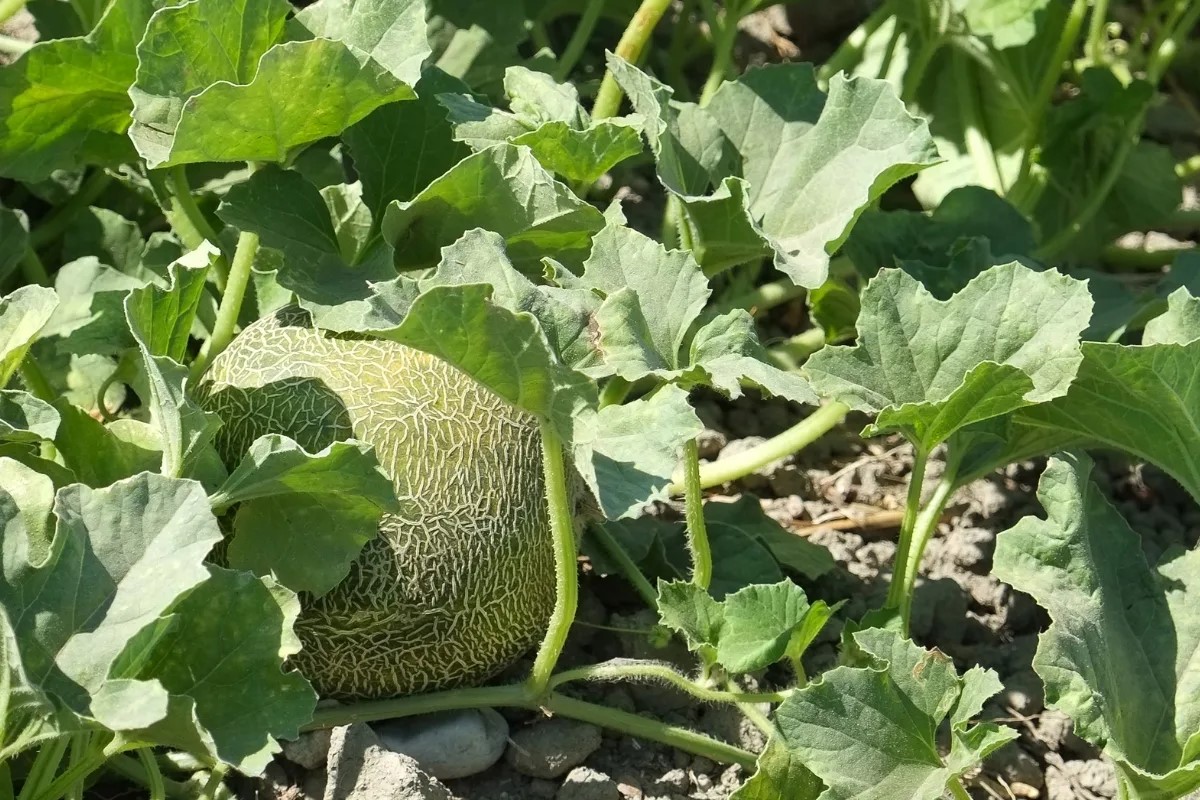
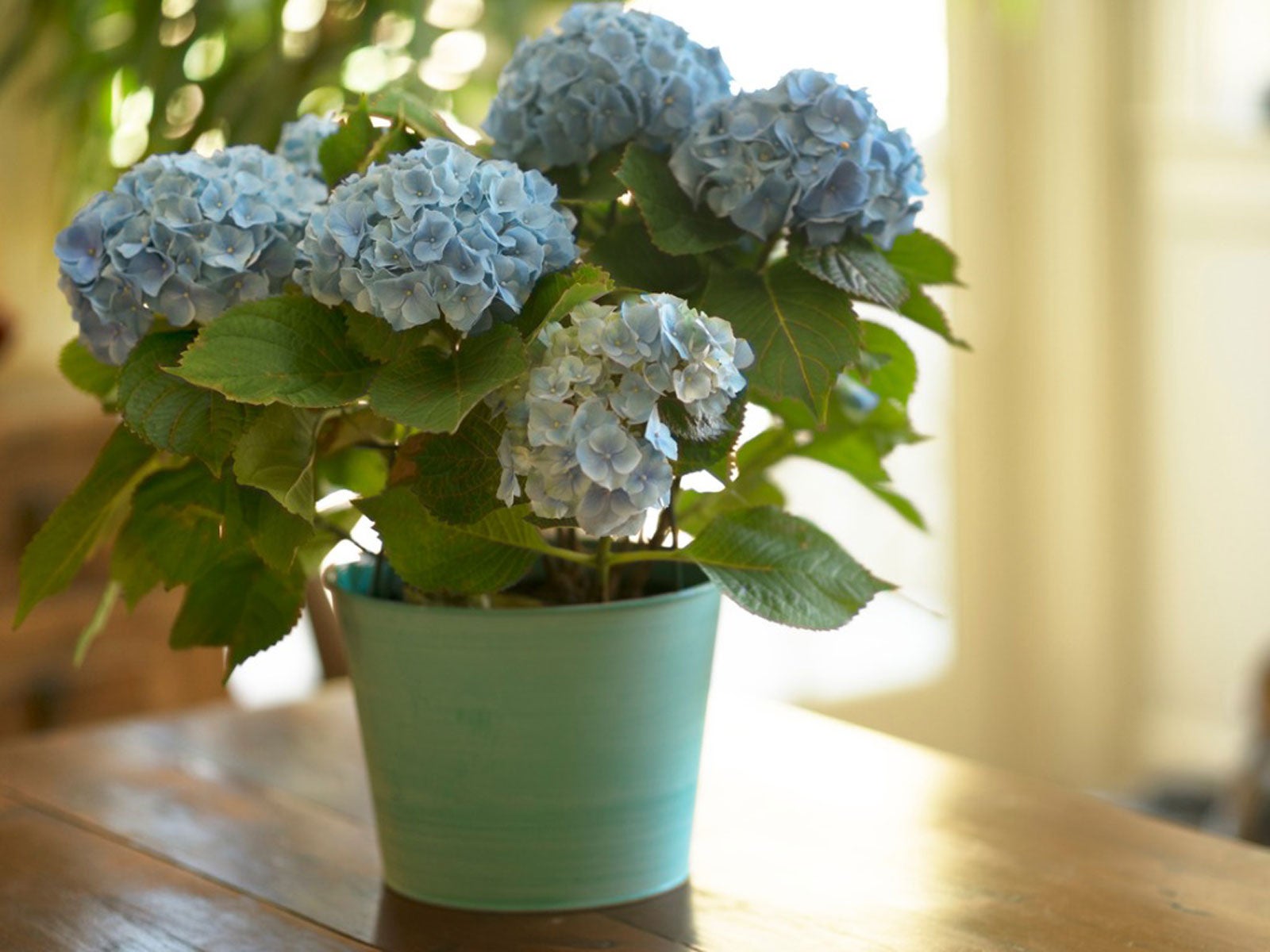
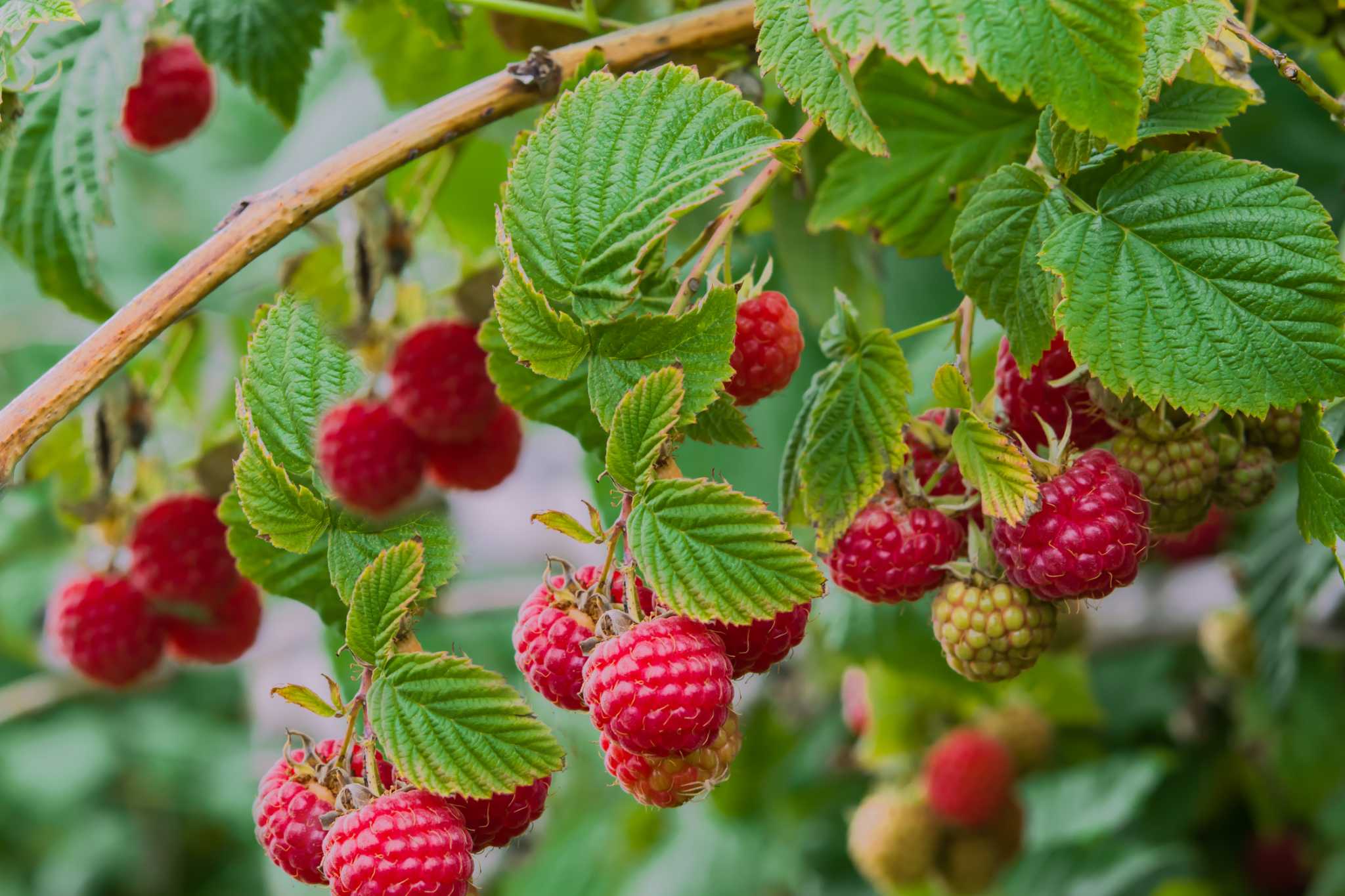
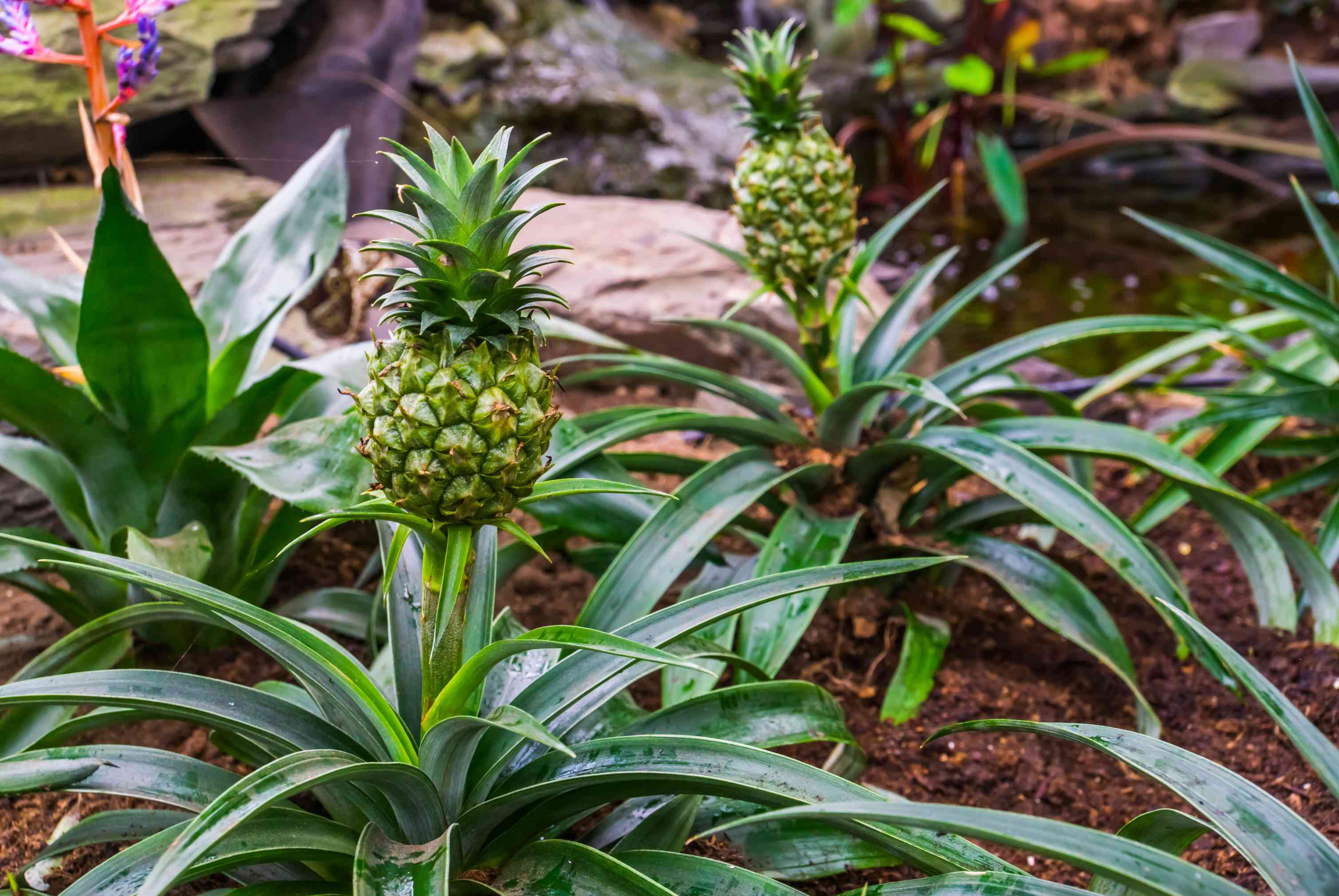
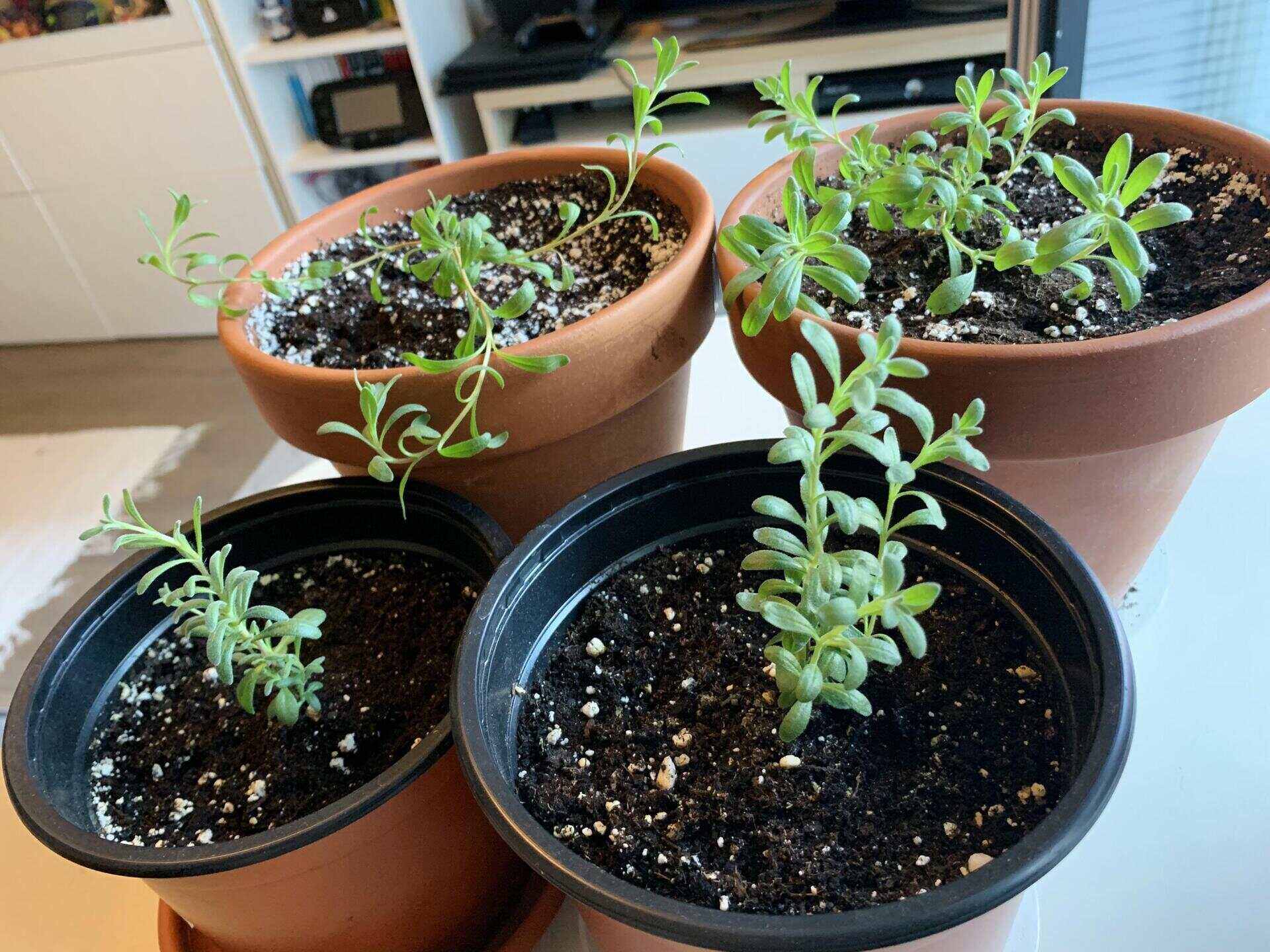
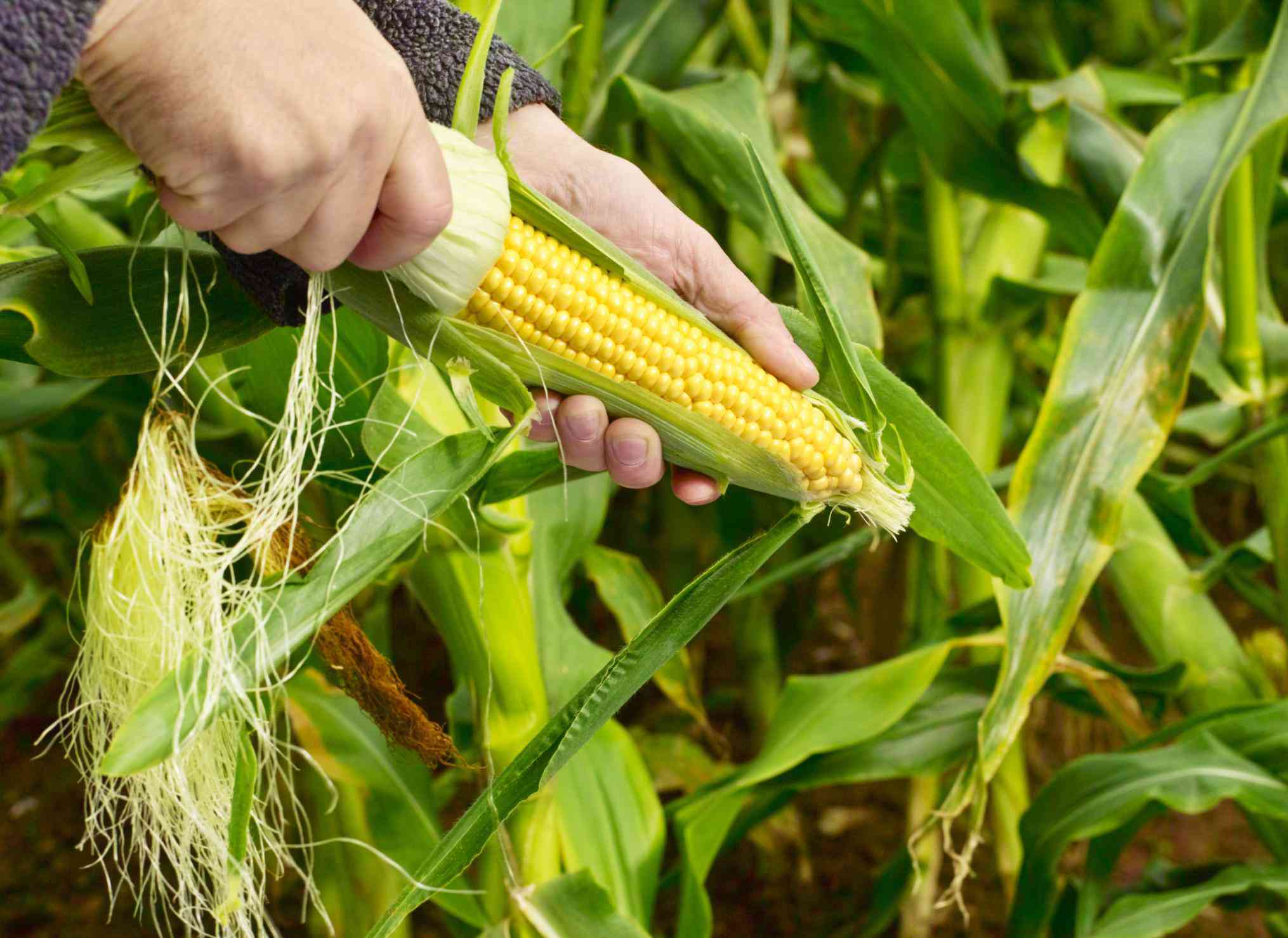
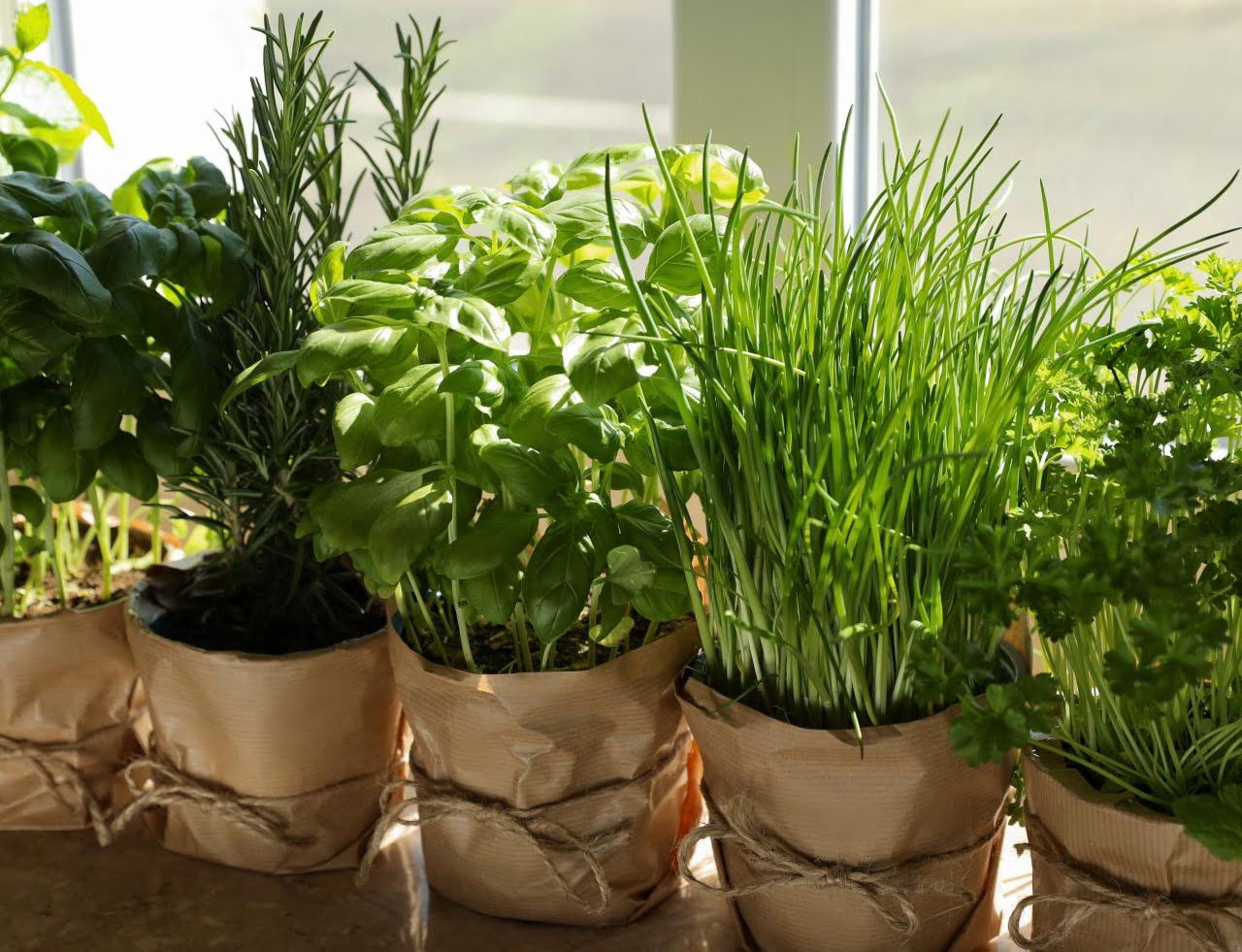
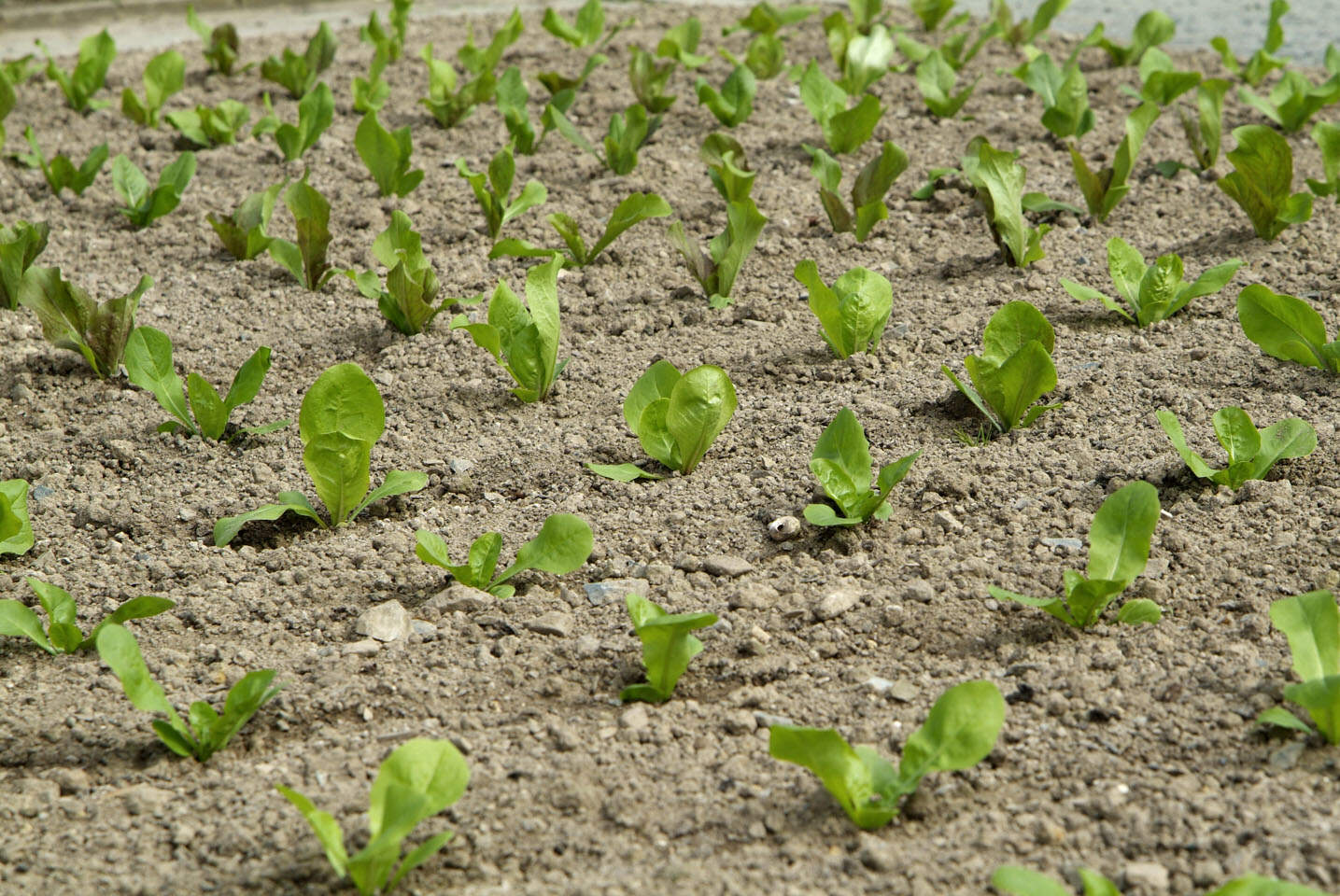
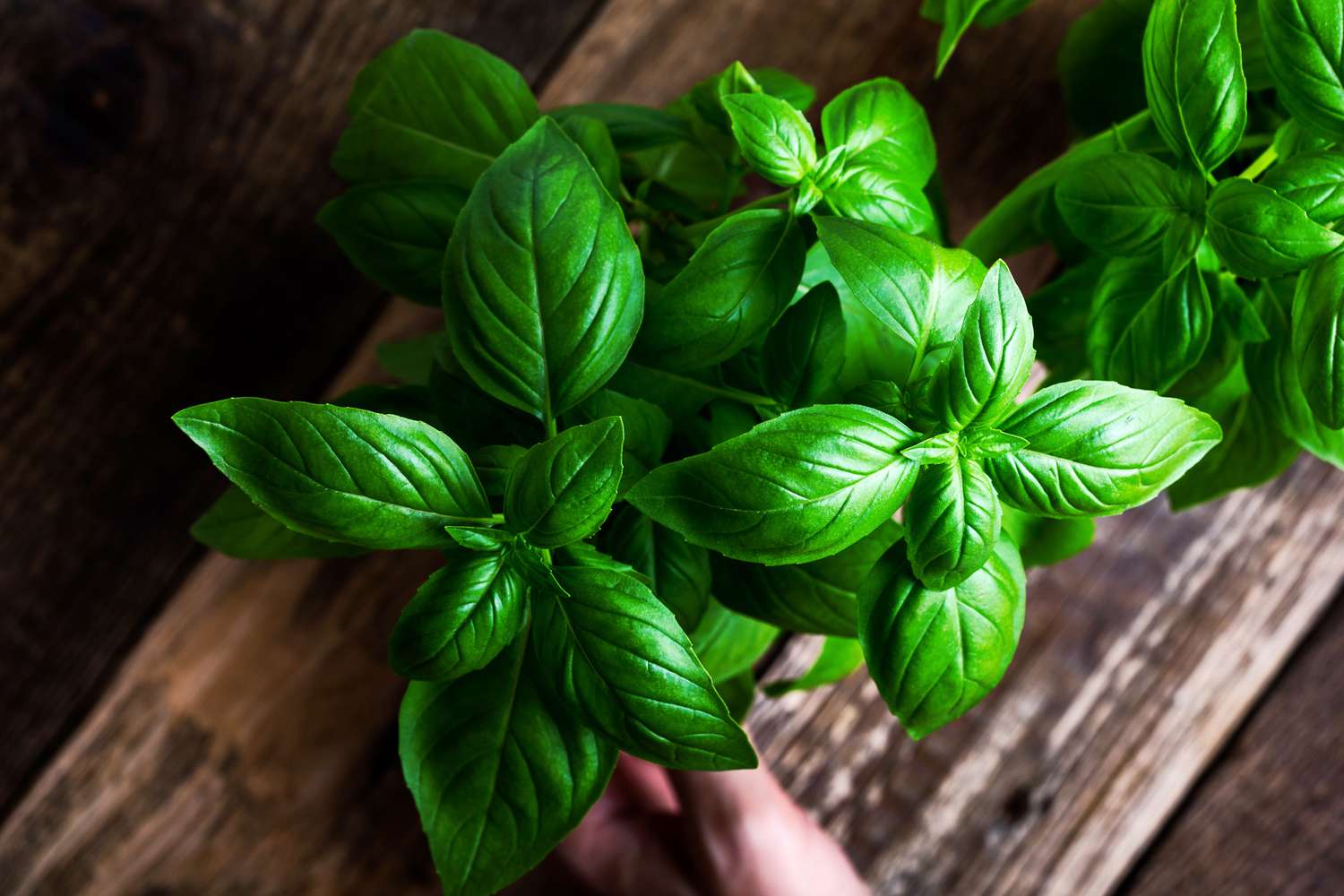
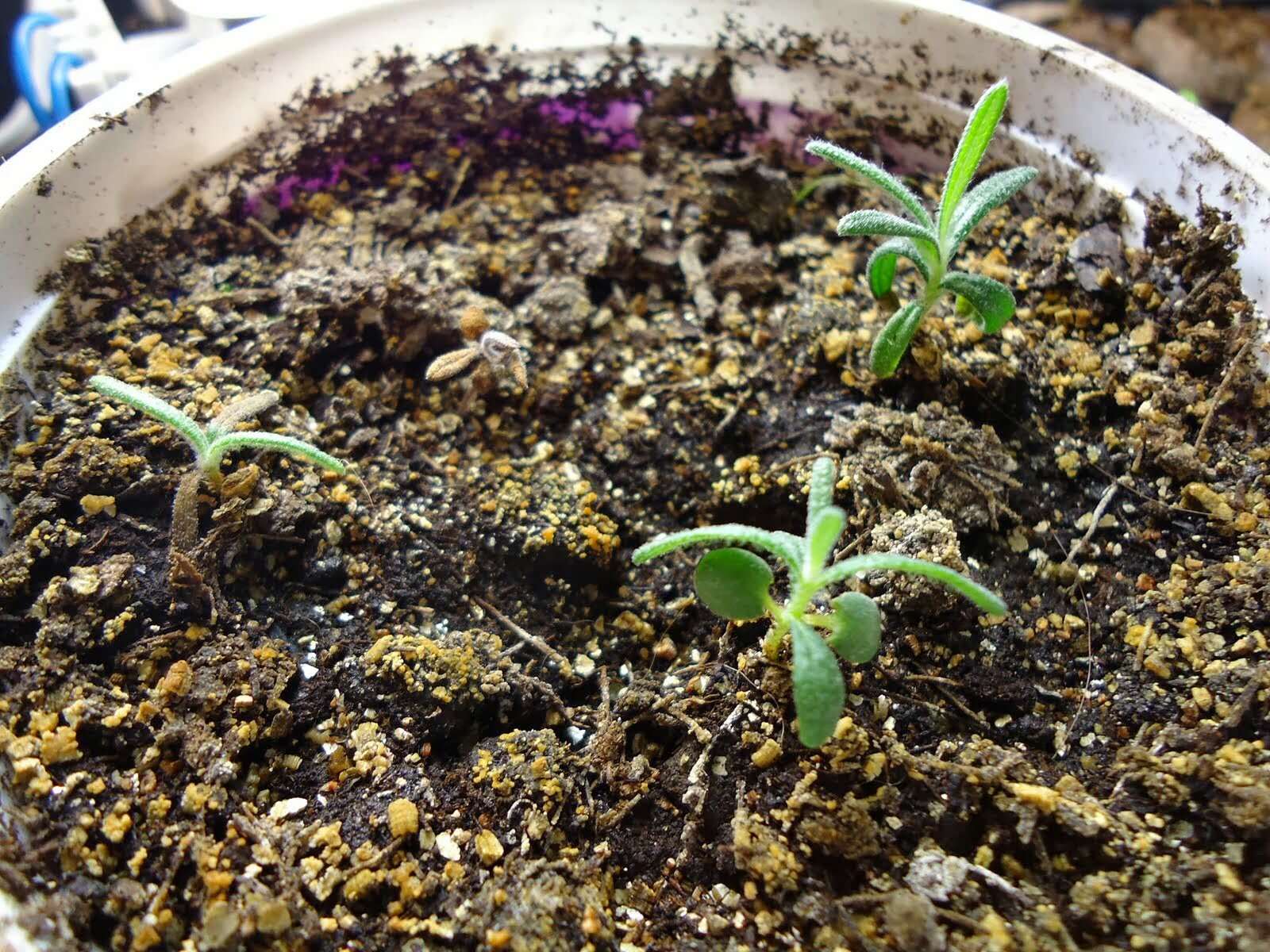
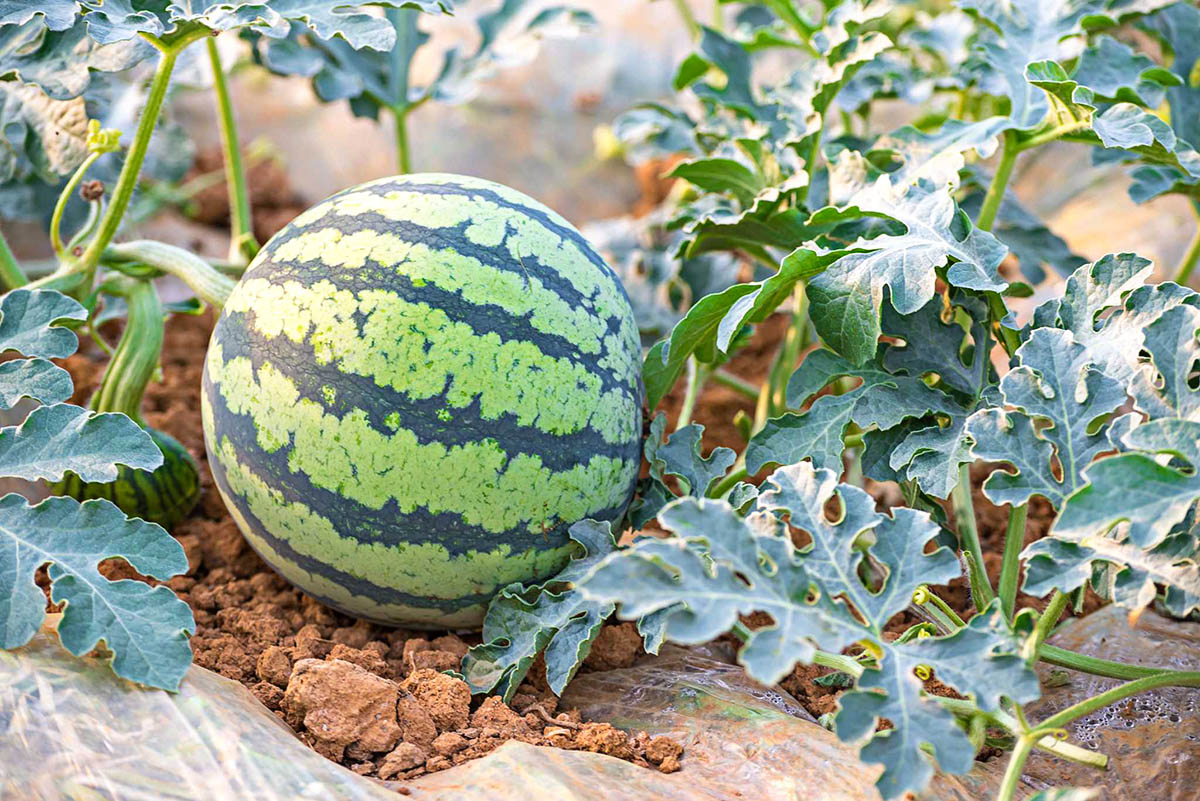
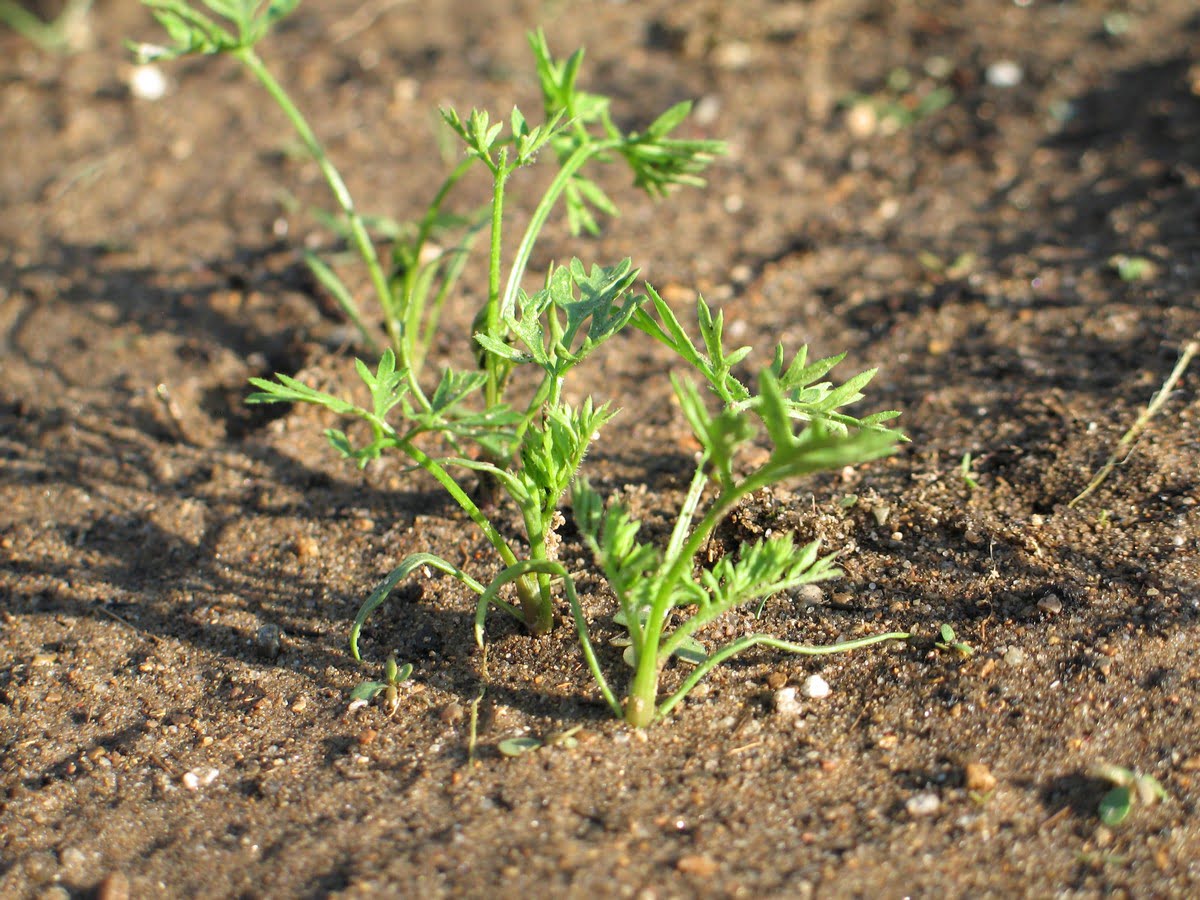
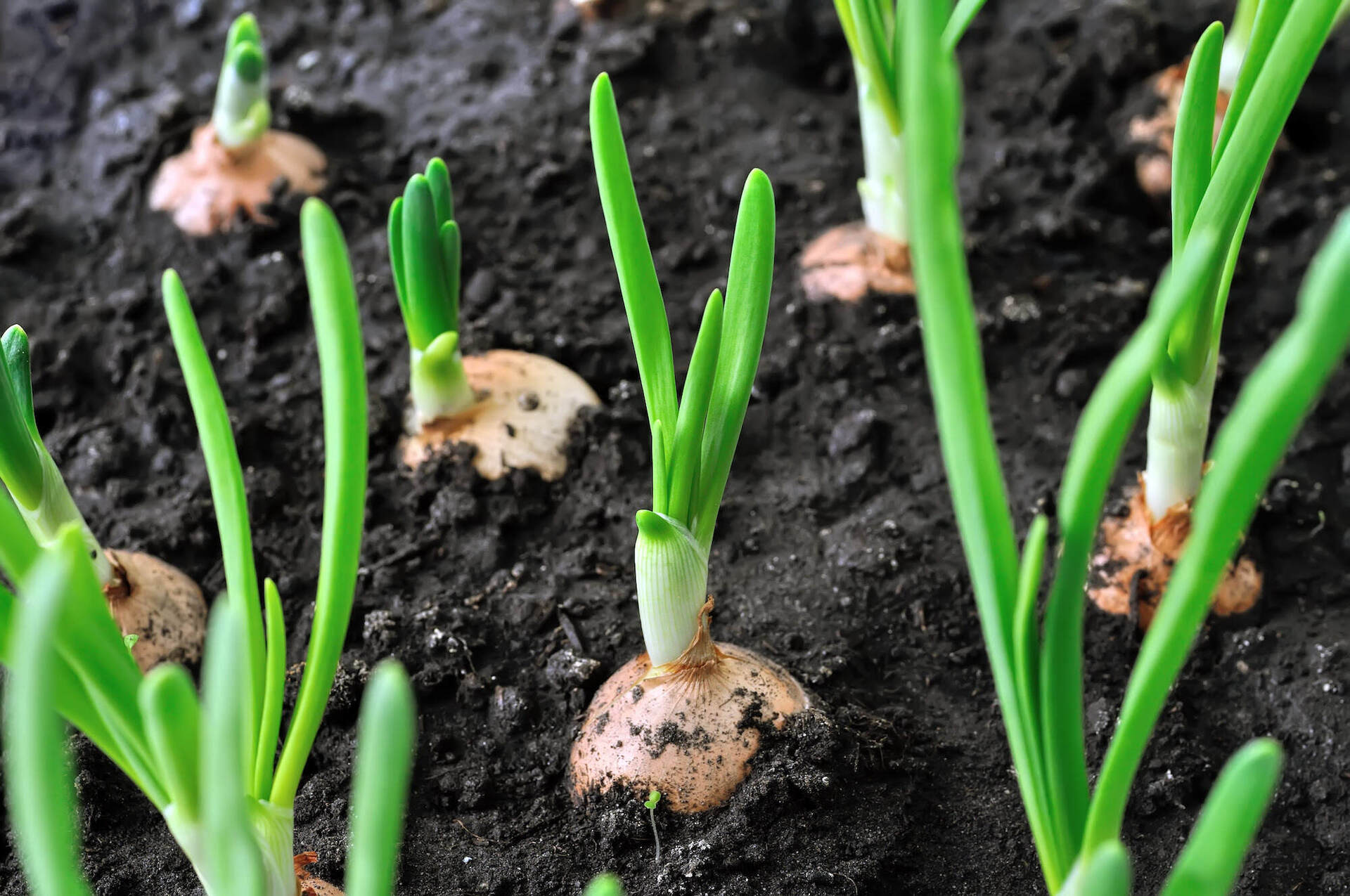
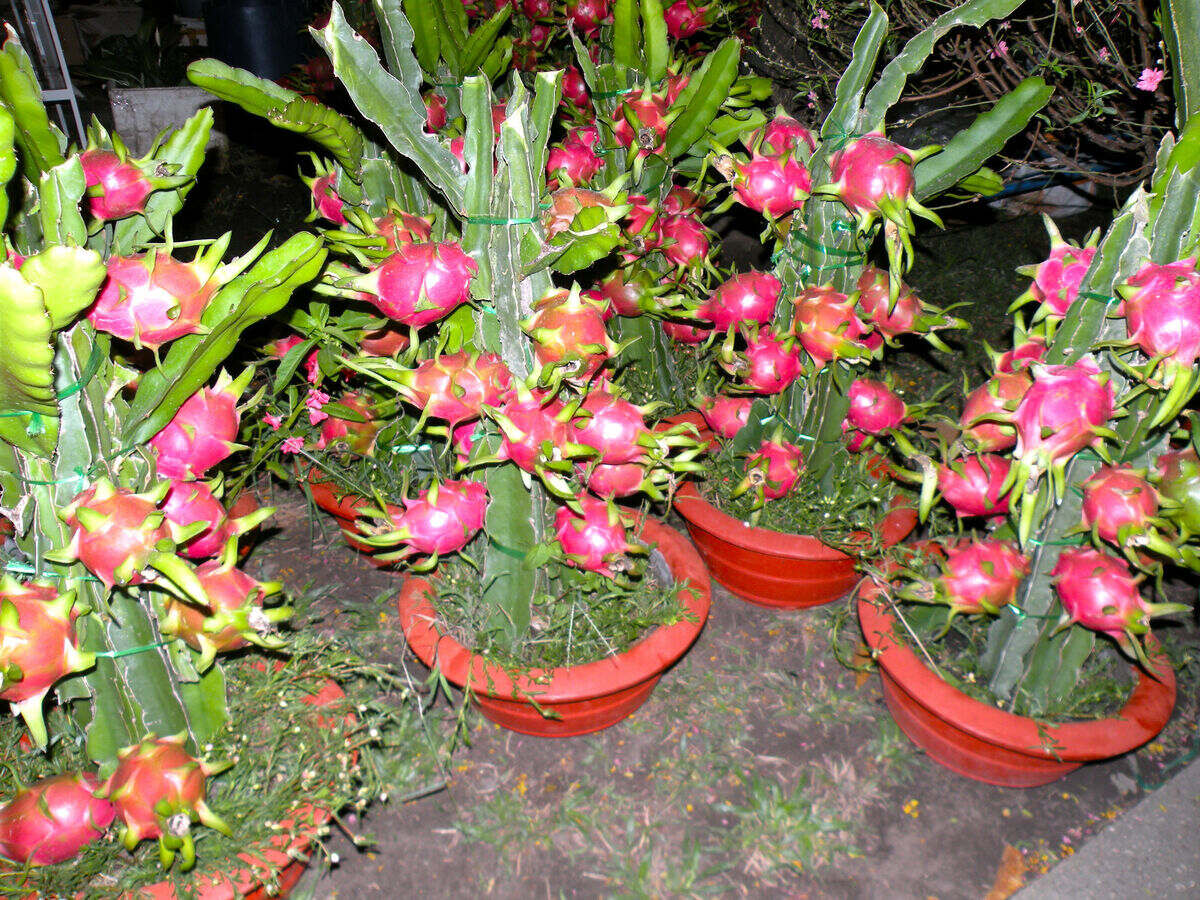

0 thoughts on “How Long To Grow Watermelon From Seed”